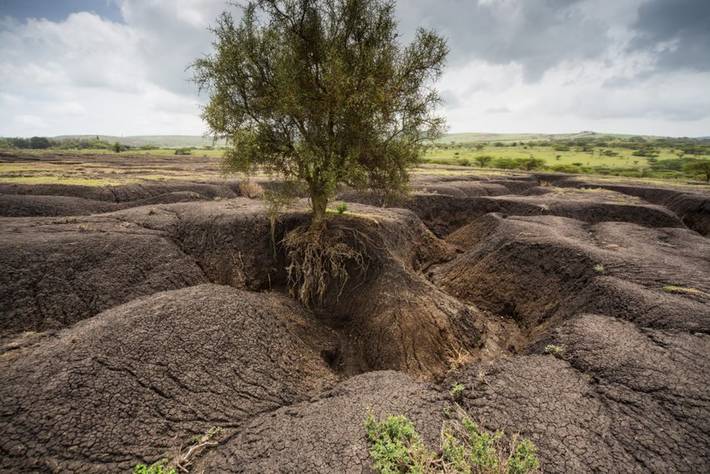 In the management of the environment, several factors come into play. Among these we can mention the economic stakes. The issues of profitability and investment are for most decision makers the starting point of a reflection on the management of the natural environment. The environment can be a resource that yields and enriches or an expense that requires an investment to protect something deemed to be of intrinsic value regardless of the revenues it can generate.
In the management of the environment, several factors come into play. Among these we can mention the economic stakes. The issues of profitability and investment are for most decision makers the starting point of a reflection on the management of the natural environment. The environment can be a resource that yields and enriches or an expense that requires an investment to protect something deemed to be of intrinsic value regardless of the revenues it can generate.
On the one hand, we find for example ore mines or oil wells. These are raw resources with no notion of heritage to be safeguarded or preserved; they exist to generate income.
On the other side, we have the protection of endangered species. The wolf in France, for example costs taxpayers hundreds of thousands of euros a year, without generating a return on investment. The option of making this expenditure is a conscious choice that reflects a value system that opts for the preservation of an animal at a personal cost and without tangible return.
That why we will have below some reflection on soil preservation as it is not well advanced and needs to be deepened.
On the one hand, there are figures that can be quoted and the impact of erosion, under certain circumstances can be calculated. It has been estimated, for example that ridges and ridges scoured by erosion in the Molassic hillsides of the Southwest have an agricultural yield of 20 to 30% lower than on the slopes in the valley bottoms. Depending on the crop, it is possible to transform the loss into yield and loss of profit. The exercise in fact is more complicated because it would be necessary to compare profit-loss with other land-use options – different cropping systems that better preserve the soil – taking into account the different investments and values of product sales.
Another approach is to start with the costs of damage caused by erosion. For example, it has been estimated that the annual expenditure related to deposits of sediments in ditches and roads in the Lauragais amounts to about 100,000 € per year. These expenditures depend on the volumes of sediment to clear ditches and clear roads and do not take into account the inconvenience of road closures.
Road segments depend on topographic conditions close to the road: steep slopes close to the road are more conducive to generating deposits than low tilt plots with little erosion or serving as eroded sediment deposition areas upstream. It is therefore almost always the same segments of road that require a ditch cleaning or clearing after a major storm. The cost of setting up facilities (grass strips and hedges) that would reduce the volumes deposited is of the same order as that of repairing the damage caused in the first year. Then, the cost of maintenance and junk removal services is much lower, and in this case, it is cheaper to prevent damage than repair.
This first approximation is very simplistic because it is not easy to transfer human resources and machine hours from one budget to another and the cost of files or project editing are not taken into account. It shows however, that orders of magnitude are similar, and the strategy of struggle depends in this case more on a vision of priorities than unrealistic expenditure. Controlling erosion can both be cheaper and avoid the inconvenience of road closures.
These few examples highlight two fundamental aspects that need to be addressed and that are only very rarely explicitly
The first is the costing of all costs related to erosion. Some are relatively simple: yield losses, ditching, road clearing, possibly the destruction of infrastructure … The value of others remains to be determined: pollution of aquatic environments, eutrophication, loss of fertility in the long term … What is the economic value of a clean and natural watercourse compared to a stream that is overloaded with sediments, pesticides and nutrients?
If we can estimate the impact of yield losses today, how can we do it for future generations: what will be the crops and yields in 50 years, 100 years, 500 years, at the time scales of soil restoration? The simplest conditions for these calculations are those of the rich countries of Western Europe. And yet, even here we are in the early stages. In developing countries, the stakes are even greater and the data more sparse. However, moving in this direction would make it possible to better target priorities and control strategies.